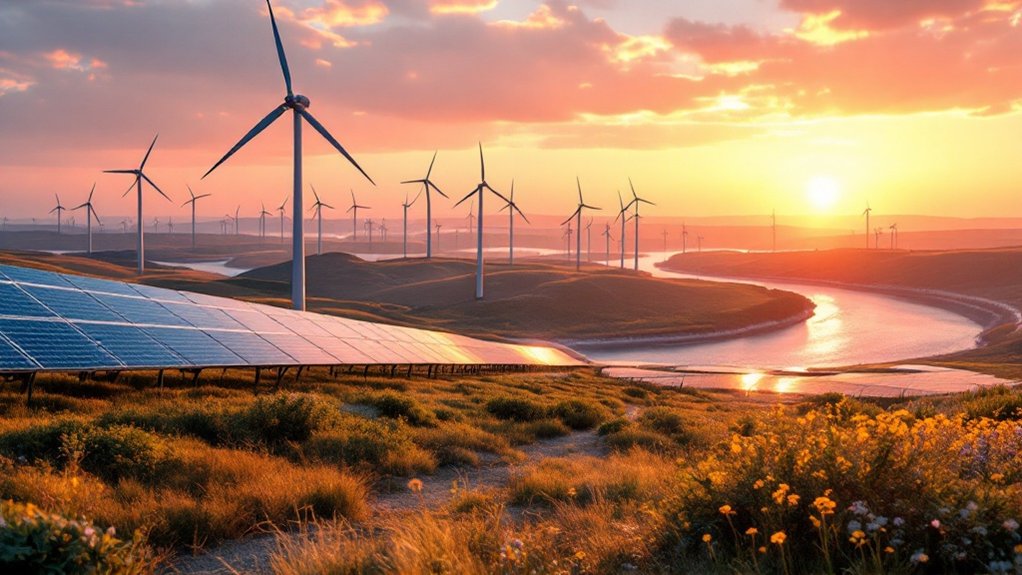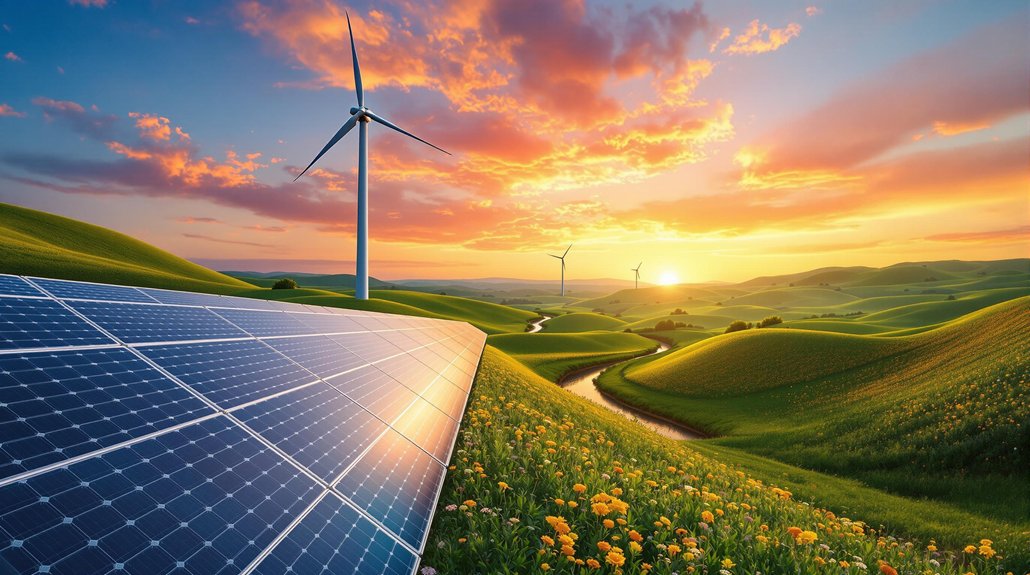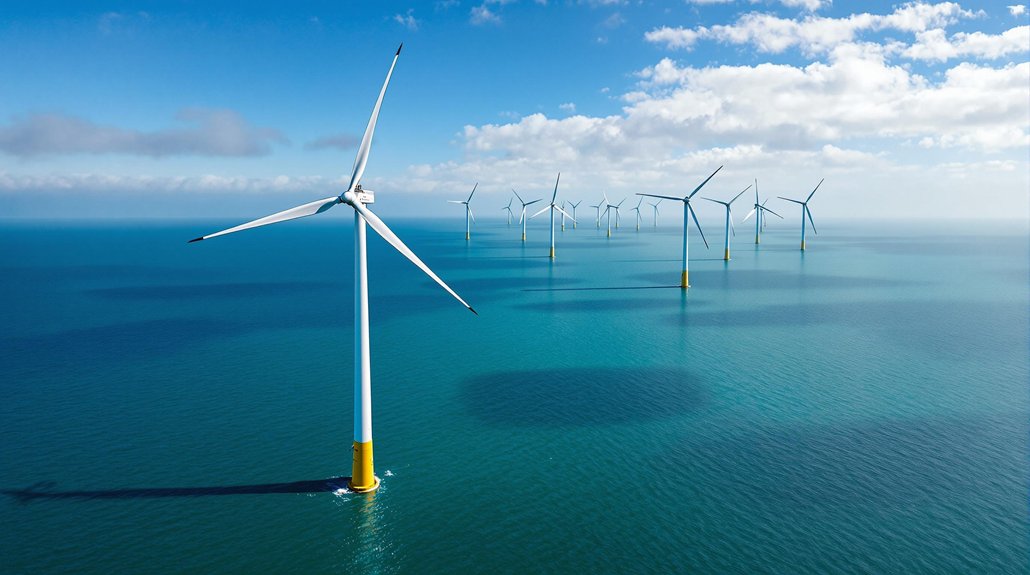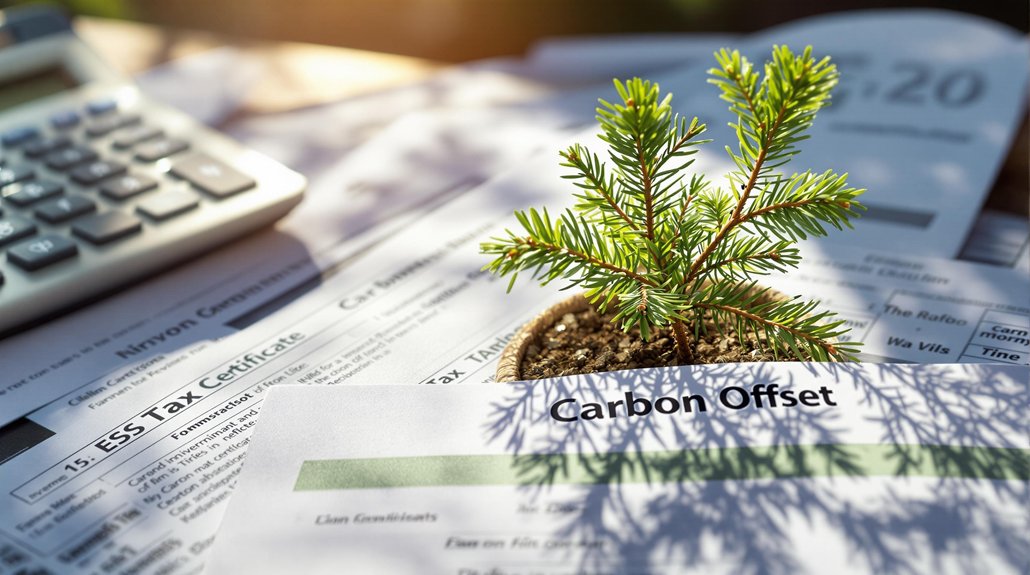Renewable natural resources are Earth’s sustainable powerhouses that keep on giving. Think sunlight, wind, water, and biomass – nature’s endless buffet. Unlike fossil fuels, these resources replenish themselves faster than humans can use them up. They’re not just eco-friendly; they’re becoming increasingly practical and cost-effective. Global investment hit $303.5 billion in 2020, with 90% of new power capacity coming from renewables. The future of energy looks surprisingly bright and breezy.

While humanity has historically treated Earth’s resources like an all-you-can-eat buffet, renewable natural resources offer a more sustainable approach to our planet’s future. These resources, which include sunlight, wind, water, and biomass, share one essential characteristic – they replenish themselves through natural processes. Unlike fossil fuels, which take millions of years to form, renewables operate on human timescales. They’re theoretically inexhaustible. Yes, you read that right – inexhaustible. The UK has seen remarkable progress, with renewables growing from 2% in 1991 to over 43% of electrical generation by 2020.
The renewable energy landscape has evolved dramatically. Solar panels are getting more efficient, wind turbines are growing larger, and smart grid technologies are getting, well, smarter. In 2020, renewables accounted for 28% of global electricity generation. Not too shabby for technology that skeptics once dismissed as a tree-hugger’s pipe dream. A whopping 90% of new power capacity that year came from renewable sources, with $303.5 billion invested globally. Understanding how to evaluate credible sources is crucial when researching renewable energy developments. Recent data shows that renewables generated 8,440 TWh of electricity globally in 2022.
The benefits are pretty clear. Renewables reduce environmental impact, boost energy independence, and create jobs in green sectors. They’re like the Swiss Army knife of energy solutions – versatile and reliable. Plus, they’re getting cheaper. The long-term costs keep dropping, making fossil fuels look increasingly like yesterday’s news.
But let’s not pretend it’s all sunshine and rainbows. Renewable resources face real challenges. Some sources are intermittent – the sun doesn’t always shine, and the wind doesn’t always blow. Storage remains a hurdle, and initial investment costs can be steep. Geographic limitations also play party-pooper for some technologies.
Currently, 165 countries have renewable energy targets, supported by various policy mechanisms like incentives, subsidies, and carbon pricing. Corporate sustainability commitments are driving demand, while technological advances in battery storage and artificial intelligence are making renewable integration more feasible.
Despite the challenges, the trajectory is clear: renewable resources are becoming increasingly central to our energy future. It’s not just environmentally conscious – it’s economically smart. The all-you-can-eat buffet of fossil fuels is closing, and renewables are the new menu.








